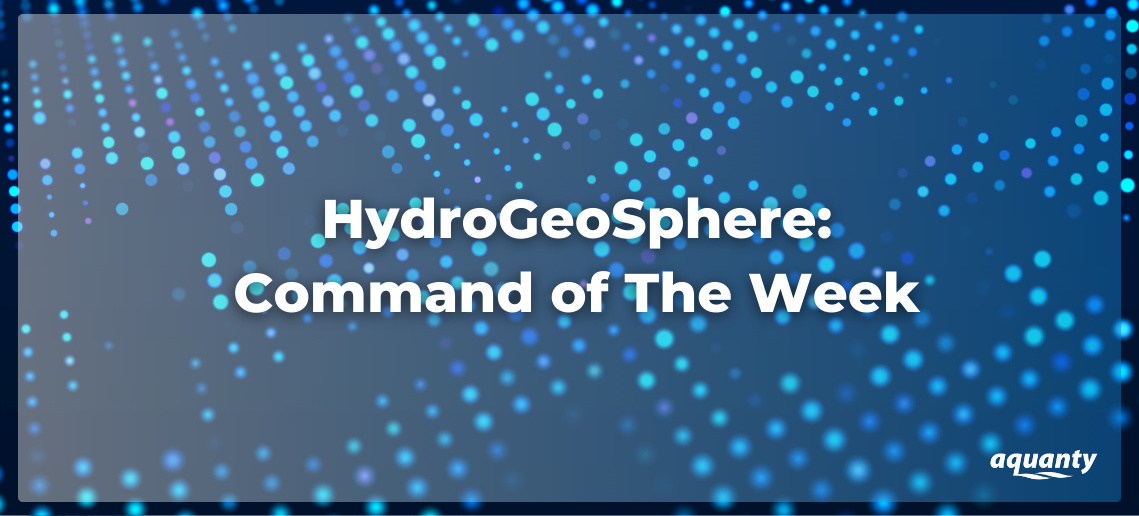

Speeding up HGS models using “unsaturated tables”
This post describes how unsaturated tables can be used to speed up model runs. Unsaturated tables refer to the Pressure-Saturation and Saturation-Relative Permeability tables that can be generated from van Genuchten parameters in an MPROPS file when running grok.exe. Conceptually, these tables replace the need for on-the-fly calculations of unsaturated properties during simulation, improving computational efficiency.

Starting a model with previously a generated head field
This post describes how to use two methods for setting initial head conditions from previous simulations. The first method, Initial head from output file, assigns an initial head value to all nodes in the current domain by reading it from a previously generated output file. This method is particularly useful when you want to avoid starting a simulation from scratch after a crash or when using results from a prior simulation to initialize a transient model. The second method, Restart file for heads, uses the prefixo.hen file, which contains the head for all nodes across all domains after a simulation’s successful completion. This allows the model to restart from the exact conditions saved in the file.

Target Times
This week, we’re highlighting two commands that allow for greater flexibility in defining target times during your HydroGeoSphere simulations: target times and generate target times.

Making use of the scaling factor command in boundary conditions
This post describes how to use the scaling factor command to adjust time series inputs directly within a boundary condition block in your prefix.grok file. Conceptually, this allows users to scale boundary condition inputs— like fluxes or concentrations— on the fly, without needing to modify large or externally sourced input files. While a straightforward use is unit conversion, we find this command especially useful for quick input calibration during model tuning, allowing users to easily explore how different scaling choices influence model results.

Interpreting phgs.exe output during a simulation
This post explains how to interpret the runtime output generated by HGS during each timestep while computing the flow solution. The output is useful for tracking the convergence of the simulation and diagnosing potential performance issues. Conceptually, the runtime output helps monitor the progress of the simulation and iteration steps, providing critical information on how the solver is performing. By understanding the output, users can adjust their simulation parameters and ensure accurate results. We find this detailed output particularly valuable when troubleshooting and improving model performance.

Output Peclet Number
This post highlights a key tool for evaluating solute transport and density-dependent flow models: the output peclet number command. When building these models, a common approach is to first establish a steady-state flow solution, then validate transport using flow outputs as initial conditions, and finally introduce density dependence if needed.
Mesh Generation for HGS Models using AlgoMesh
We are pleased to announce that all new builds of HydroGeoSphere support 2D finite element meshes exported from AlgoMesh in the .AH2 format. The following is a guest post describing how to create and export a 2D mesh with AlgoMesh.
Mesh Generation for HGS Models using AlgoMesh
By: Damian Merrick of HydroAlgorithmics
High-quality finite element mesh generation is an important part of building a HydroGeoSphere model....
